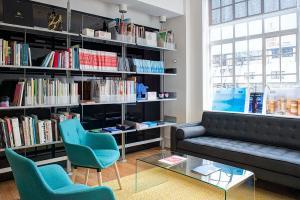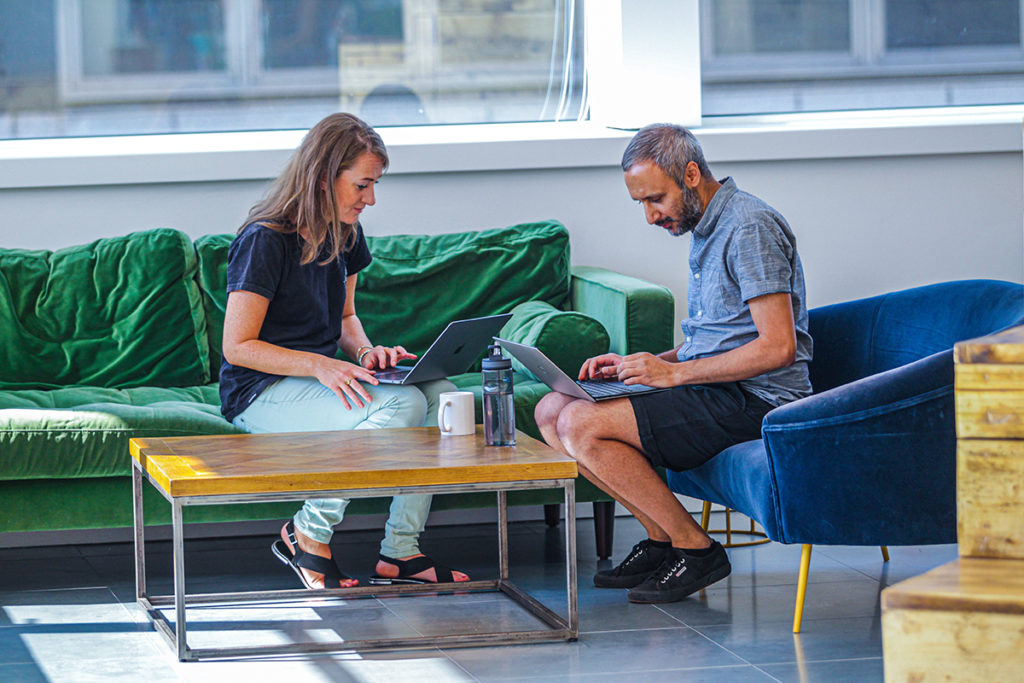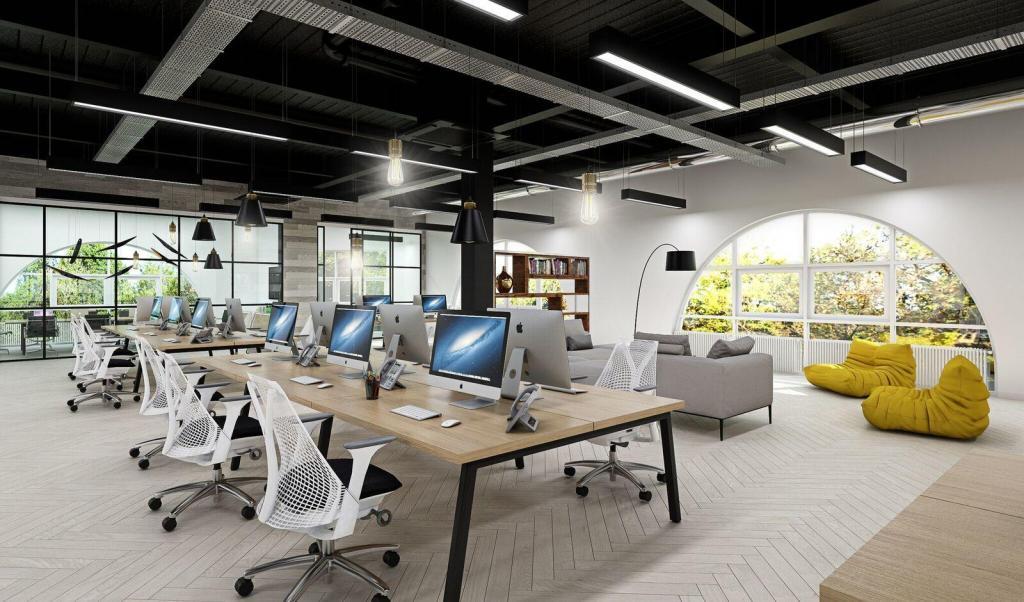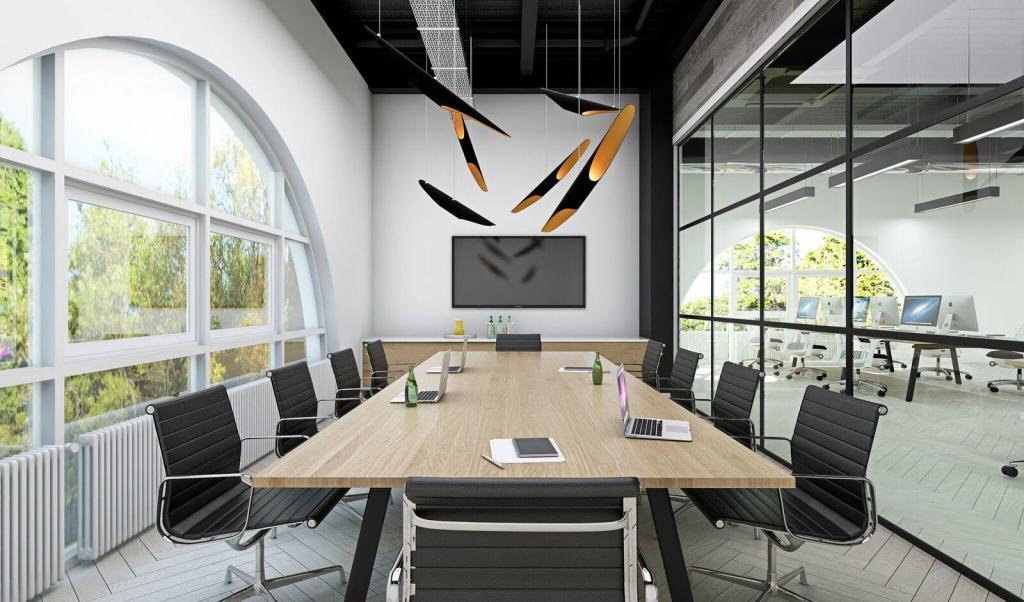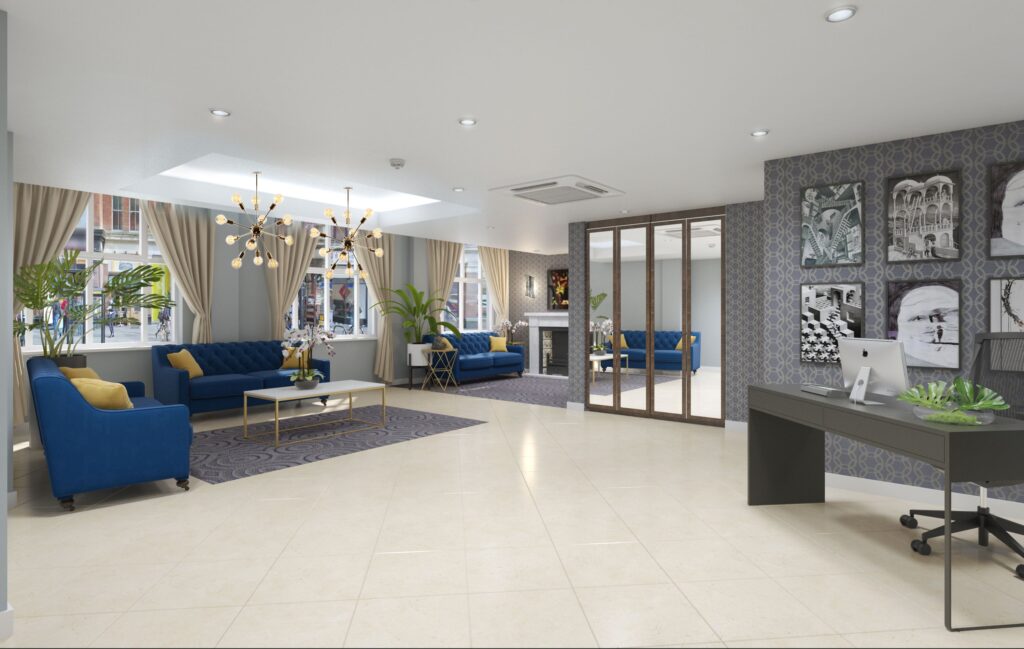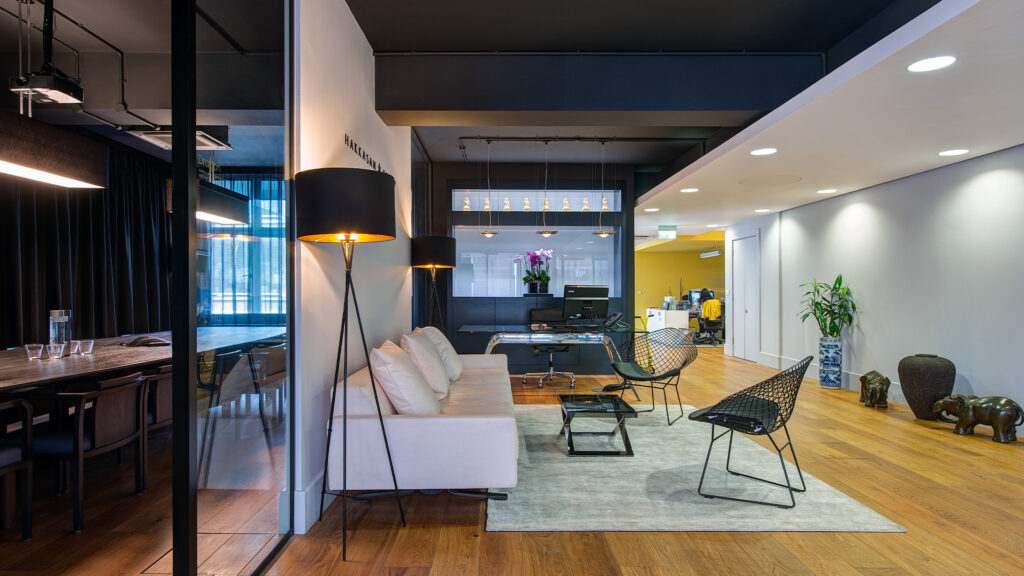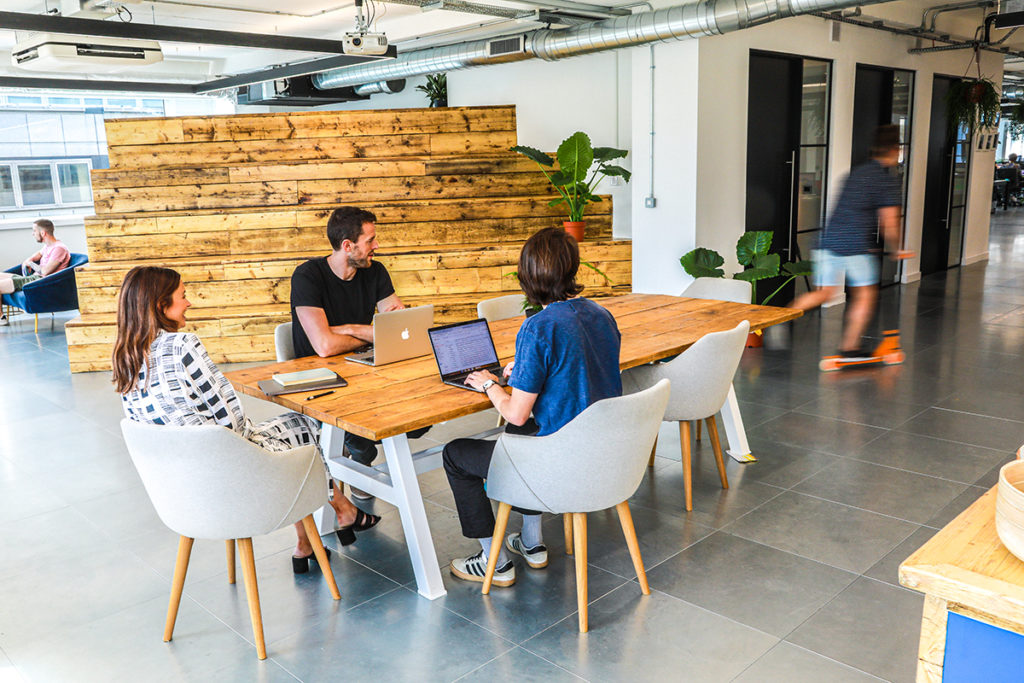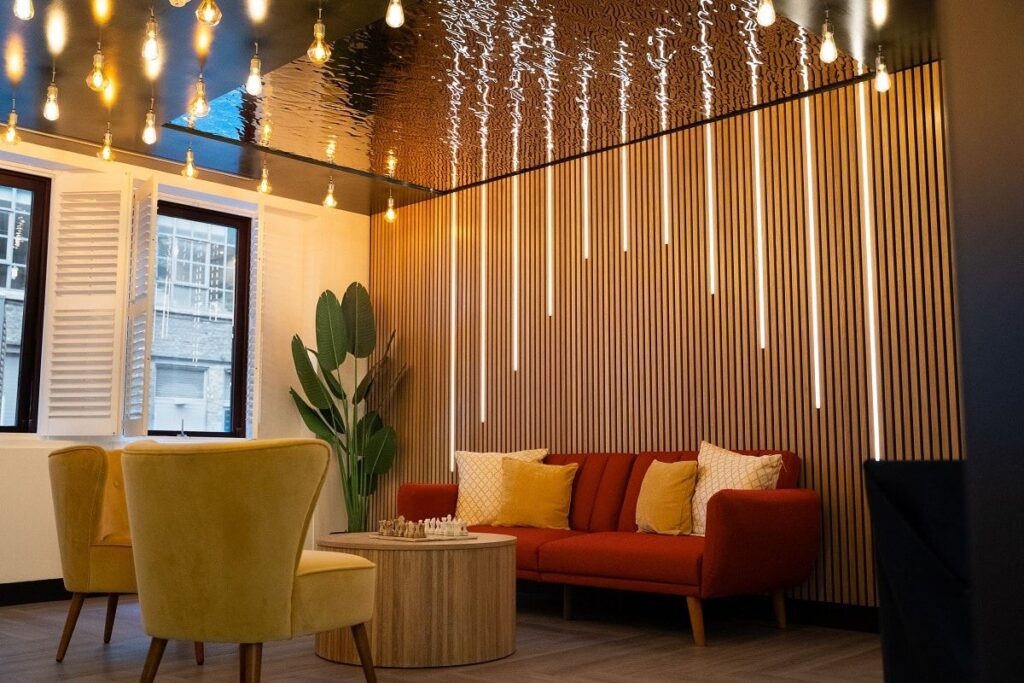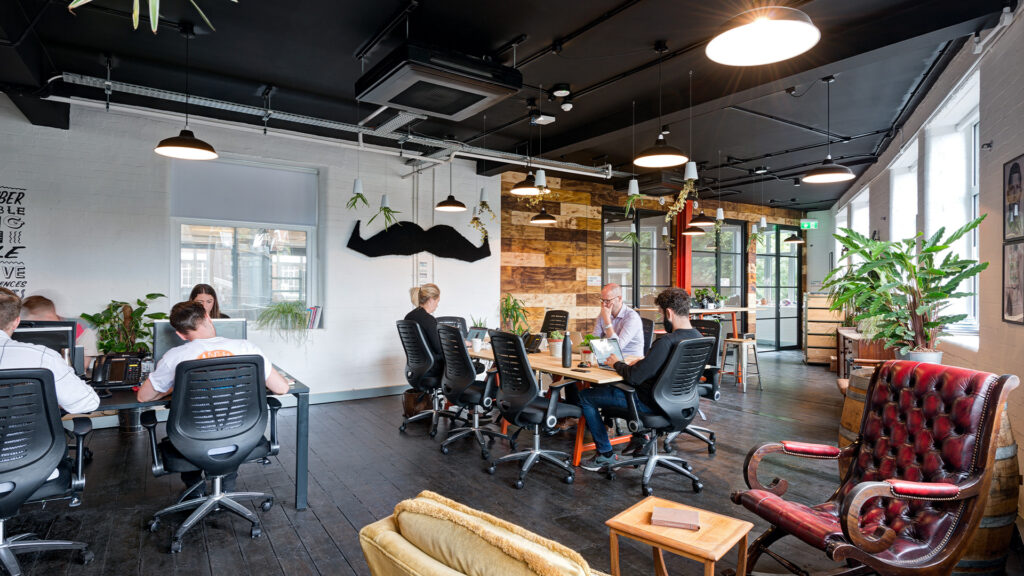It’s official — employers considering an office refurbishment don’t want hot desks anymore. Once seen as an eminently sensible space saving practice (though dubious from a noise pollution/team cohesion point of view) hot desking has gone the way big hair, shoulder pads and the new-fangled brick of a portable phone — consigned to 1980’s nostalgia.
Weird, huh? The business case for hot desking is pretty overwhelming. Packing the maximum number of workers into the smallest office design footprint keeps down spiralling property costs. It’s an office refurbishment strategy that’s as valid today as it was in the 80s and 90s.
So why the backlash? Hot or not?
When early adopters first started adding hot desks to their office refurbishment, they were hideously overzealous. Workers couldn’t personalise their hot desk and were significantly less motivated as a result. Isolated from their teams (in the HR department one day, in accounts the next) workers developed a silo mentality. As office refurbishment goes, hot desks didn’t exactly facilitate collision, collaboration or creativity
Time has moved on. As business psychologists understand more about collaboration, productivity and human motivation, so too does office design. Now when we’re asked to design an office refurbishment, we care less about debunking the hot desk and more about making space sharing really work within an office design.
Sharing space … and loving it
Today, the most popular type of office refurbishment borrows heavily from coworking — the concept of sharing workspaces with others that need access to the same resources that you do. It’s working alone, but next to other people. Coworkers could be tackling different projects, but ready to connect with the team when needed. They could be working wildly different hours.
And they could be sharing the same hot desk.
Design evolution or just semantics?
Ah, the much maligned hot desk. It’s still a feature of the modern office refurbishment. In fact, it is essential to left the investment in mobile, flexible working. But encapsulated within a coworking-style office refurbishment, it gains variety. It’s no longer an impersonal, unassigned workstation but a seat on a multi-person bench. It’s a treadmill or a reading chair. A private phone booth or a break out space. A place where you can hide away and shut the door. However and wherever you like to work, coworking office design has you covered.
The shift towards a coworking-style office refurbishment is a shift towards choice. Instead of being confined to a (hot) desk, employees working in modern office interiors have the freedom to do the kind of work that needs to be done in just the space they need to do it. By assimilating coworking into your office refurbishment, your office design will gain the ability to shapeshift, to effectively form and reform.
And that type of design evolution has real staying power.
What’s your opinion on 21st Century hot desking? Let us know…


